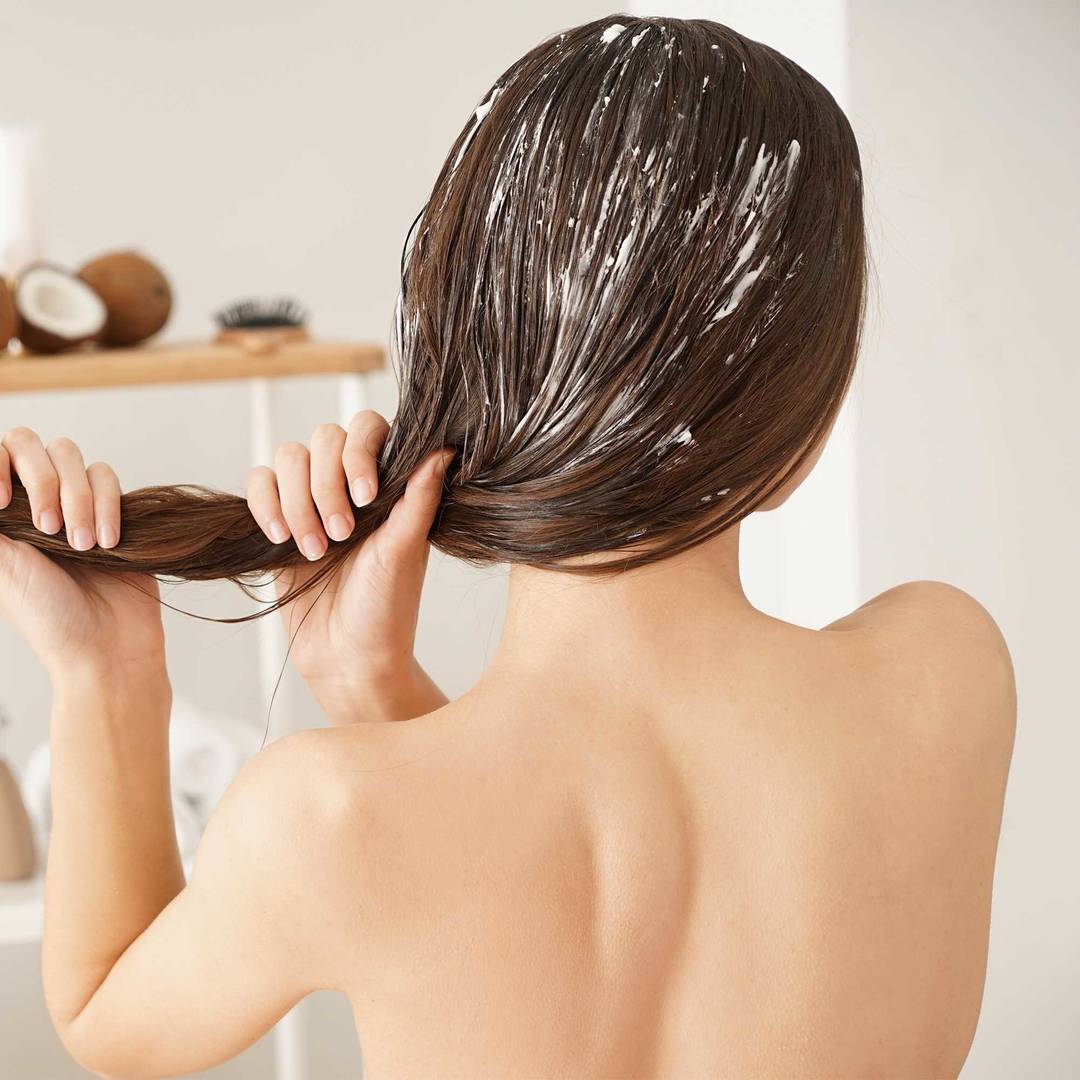Understanding hair structure and how instrumental tests can support your cosmetic products
Discover how ALS advanced instrumentation lab contributes to the success of your brand.

Hair health and beauty are essential, but daily exposure to various damaging factors, ranging from sun exposure on a sunny day to the use of chemical products in beauty salon processes, can take a toll. Hair repair treatments can be applied to damaged hair, helping to rebuild its structure.
Structurally, hair is composed of three primary layers: the cuticle, the cortex, and the medulla. The cuticle, which is the outermost layer, serves the function of protecting the cortex. The cortex, located in the middle layer, contains the cells that determine the hair's shape and color. The medulla is the innermost layer, and some hairs may not have it.
The treatment for repairing damaged hair targets two key layers: the cuticle and the cortex. In the cuticle, the treatment helps to close the "scales" that make up the layer, resulting in straighter and shinier hair. In the cortex, the treatment aids in replenishing the lost hair mass caused by external aggressors like sun exposure and chemical products.
The damage that hair is exposed to can be diverse and varies according to each person's routine. For instance, sunlight exposure can cause hair dryness, resulting in a dull and brittle appearance. Air pollution is also harmful as dirt particles get trapped in the hair, leaving it dirty and lacking shine. Another common example, especially during the summer, is exposure to seawater and chlorine, which can dry out the hair and make it lifeless.
Hair bleaching is an aggressive process that weakens the hair and makes it more susceptible to breakage. On the other hand, chemical hair straightening can give the hair a straighter appearance but may also cause significant damage, including dryness and loss of shine. Even the frequent use of hair straighteners and blow dryers can be harmful due to excessive heat, which can weaken the hair structure and make it prone to breakage.
Familiarizing yourself with hair repair methods and adopting proper hair maintenance practices will keep hair healthy and beautiful.
To maintain healthy hair, it is crucial to establish a hair care routine that incorporates appropriate hair repair methods for individual cases. By practicing proper care, it is possible to prevent future damage and maintain beautiful and healthy hair for a longer period. Moisturizing is a well-known method for hair repair, as its primary objective is to replenish lost moisture, resulting in softer and smoother hair. Additionally, moisturizing helps prevent hair breakage and loss. Hair nutrition aims to replenish lost nutrients, making the hair stronger and healthier. This method is particularly recommended for dry and lifeless hair. Finally, hair reconstruction is recommended for severely damaged hair as it rebuilds the hair fiber, promoting strength and elasticity. Hair reconstruction is especially beneficial for hair that has undergone chemical processes such as straightening and hair dyeing, which can cause significant damage to the hair.
Essentially, these treatments aim to restructure the chemical bonds that constitute the hair, restoring its natural strength and elasticity while aiding in the closure of the cuticle and reducing porosity. More intensive treatments, such as hair reconstruction, can effectively replenish lost hair mass and reconstruct the hair from the inside out. By selecting the appropriate hair products and treatments for each hair type, it is possible to repair damaged hair and restore its shine and overall health.
In this regard, hair metrology instrumental tests serve as excellent options to measure and quantify the benefits of products and their impact on desired properties, including thickness/diameter, elasticity, strength, shine, and smoothness, among others. These tests employ specific devices and provide objective measurements that can be repeated multiple times, ensuring reliable and consistent results.
Through the development of specialized tools to analyze hair complexity, the Clinical Efficacy and Hair Metrology Laboratory of ALS, conducts studies to measure the physical and sensory properties, supporting diverse claims divided in:
Hair fiber integrity analysis
- Strength test:
- Combability
- Friction
- Traction properties
- Breakage by abrasion
- Softness
- Elasticity (Tightness) of hairs
Hair image analysis
- Superficial damage assessment
- Straight effect maintenance
- Colorimetry
- Scanning Electron Microscope
The conducted studies also assess thermal protection by analyzing the denaturation temperature of keratin and evaluating how products can reduce or increase this effect. Another test performed through thermal analysis is moisturization, which measures the water content in the hair fiber and examines how the applied treatments can influence this value.
The hair cosmetic industry is continually evolving, and consumers are seeking products that offer benefits such as moisturization, reconstruction, sealing, frizz control, and restoration, among others. Regardless of the specific claims and advantages a product needs to have, the Clinical Efficacy and Hair Metrology Laboratory at ALS is prepared to meet the needs of your brand. If you're interested, please send a message to Beauty.usa@alsglobal.com to learn more about our clinical facilities and discuss your next study project with our specialists.























































